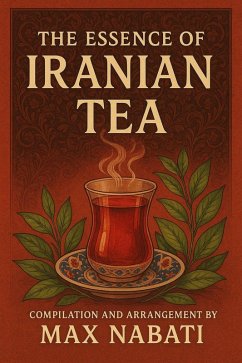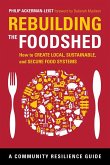The book begins by setting the stage with an introduction to tea as the "crimson elixir," highlighting its ubiquity in daily routines-from dawn until late night-and its function as a silent language of connection. It delves into the historical evolution, tracing tea's arrival and domestication in Iran during the Qajar era, thanks to visionaries like Mohammad Mirza Kashef al-Saltaneh, who smuggled seeds from India to establish local cultivation in Lahijan. Readers will discover how this importation transformed into a symbol of self-sufficiency, navigating political and economic challenges to become a cornerstone of national identity.
Nabati explores the geographical and environmental factors that make Iranian tea unique, focusing on the Caspian microclimate, volcanic soils, and key production zones that contribute to its distinct flavor profile. The cultivation process is examined in detail, from seedling propagation and organic practices to harvesting flushes and post-harvest processing, emphasizing sustainability amid modern threats like climate change and market competition. The narrative underscores efforts to build resilience through innovative techniques and quality control, ensuring the future of this "green gold."
Culturally, the book illuminates tea's role as social glue, embedded in rituals of hospitality and the elaborate etiquette of ta'arof. It describes the traditional serving in delicate istakans, the use of samovars for brewing strong concentrates, and accompaniments like nabat (rock candy) or dates that enhance the experience. Tea's influence extends into arts and folklore, inspiring poetry, music, and storytelling, where it serves as a muse for introspection and communal bonds. Nabati also touches on the transition from coffeehouses (ghahveh khaneh) to teahouses as hubs for naqqali (oral traditions), politics, and commerce, reflecting shifts in societal dynamics.
On a practical level, the guide offers insights into experiencing Iranian tea firsthand, from sourcing authentic varieties in bazaars to brewing techniques that achieve the perfect amber hue. It includes tips on troubleshooting common issues, exploring tea gardens, visiting the Iran Tea Museum, and even recipes inspired by Gilan's culinary heritage. Health benefits are discussed through the lens of tea's chemical composition, positioning Iranian green tea as a rising star for wellness.
Globally, Nabati places Iranian tea in context, comparing its mild, natural profile to bolder varieties from China, India, or Japan, while addressing export dynamics, challenges in branding, and opportunities in organic certification. The book concludes with a forward-looking outlook on tea's cultural and economic significance, calling for support to elevate its international recognition and foster unity through this shared ritual.
Rich in anecdotes, timelines, and comparative analyses, this work is not just an informative read but a sensory journey that evokes the steam rising from a glass of chay-e siyah. Whether you're a tea enthusiast, cultural explorer, or history buff, Nabati's passionate compilation opens doors to understanding Iran's soul through its most enduring tradition. With appendices and resources for further engagement, it's an essential addition to any library on global beverages and Persian culture.
Dieser Download kann aus rechtlichen Gründen nur mit Rechnungsadresse in A, B, CY, CZ, D, DK, EW, E, FIN, F, GR, H, IRL, I, LT, L, LR, M, NL, PL, P, R, S, SLO, SK ausgeliefert werden.









